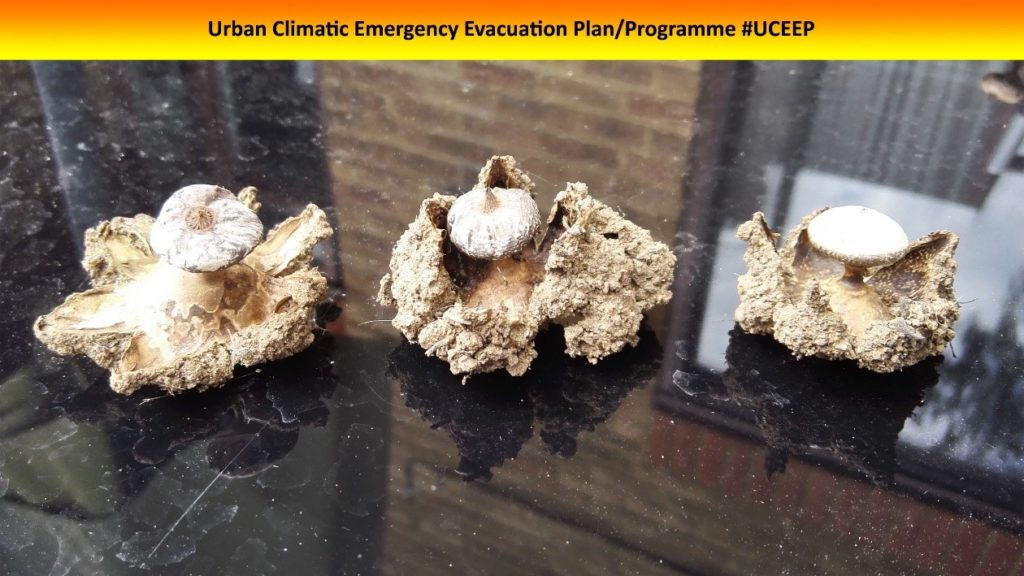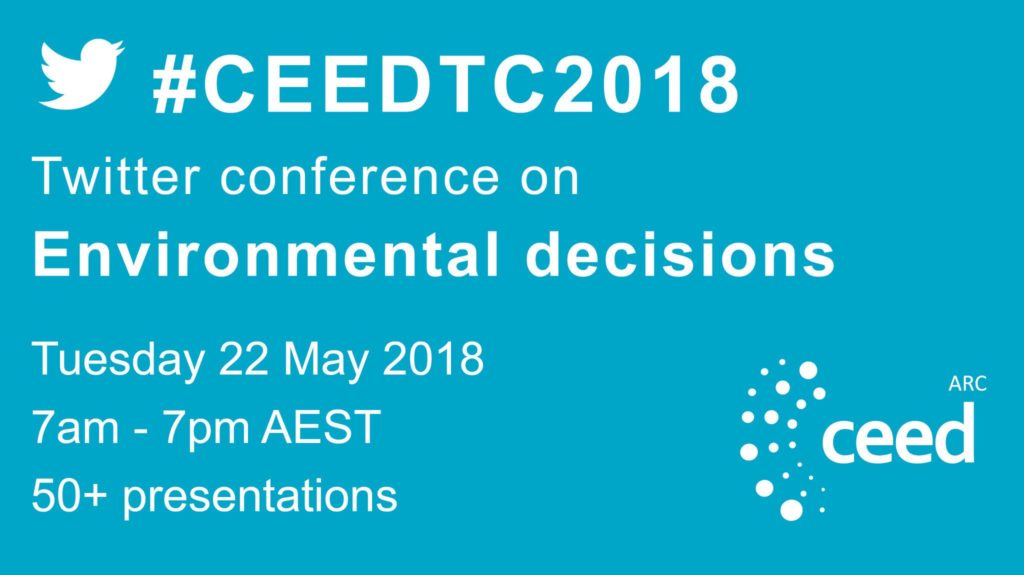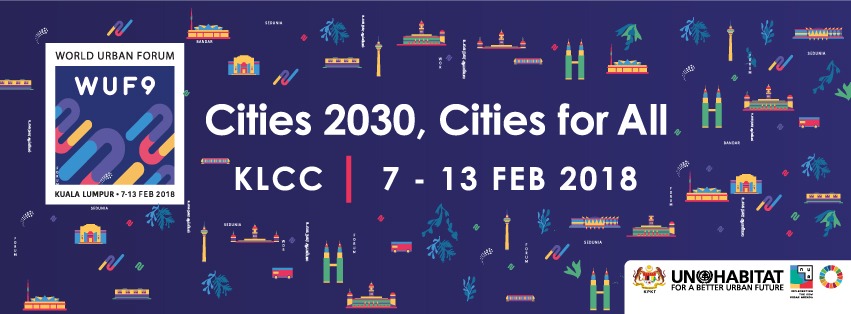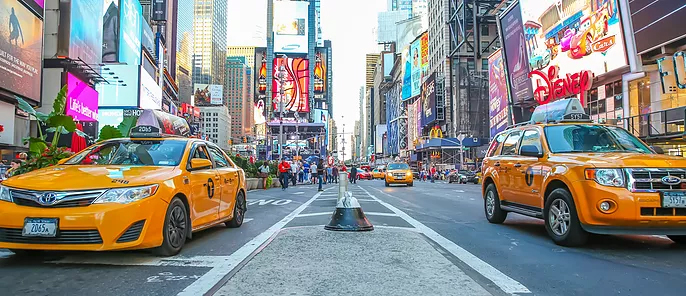Extract from Zero Draft 18 July 2016 New Urban Agenda #NUA #NuevaAgendaUrbana #AgendaBaruPerkotaan #NouvelAgendaUrbain
By the year 2050, the world urban population is expected to nearly double, posing massive sustainability challenges in terms of housing, infrastructure, basic services, and jobs among others. There is a need to address the way cities and human settlements are planned, developed, governed and managed.
”18. We resolve to implement the New Urban Agenda as a key instrument for national, sub-national, and local governments and all relevant stakeholders to achieve sustainable urban development.”
”23. We commit to strengthen synergies between international migration and development, at the global, regional, national, sub-national, and local levels. We further commit to support refugees, internally displaced persons and migrants, regardless of migration status, as well as their host communities, taking into account national circumstances, ensuring full respect for human rights and recognizing that, although the movement of large populations into towns and cities poses a variety of challenges, it also brings significant social, economic, and cultural contributions to urban life.”
”51. We commit to recognize the working poor in the informal economy, particularly women, as contributors and legitimate actors of the urban economies, including the unpaid and domestic workers. We further commit to develop a gradual approach to formalization with a view to facilitating the transition from the informal to the formal economy, extending access to legal and social protections to informal livelihoods, as well as support services to the informal workforce.”
”57. We commit to facilitate the sustainable management of natural resources in cities and human settlements in a manner that protects and improves the urban ecosystem and environmental services, reduces greenhouse gas emissions and air pollution, and promotes disaster risk reduction and management, while fostering sustainable economic development and all people’s well-being and quality of life, through environmentally sound urban planning, infrastructure, and basic services.”
”58. We commit to promote the creation and maintenance of well-connected and well-distributed networks of open, multi-purpose, safe, inclusive, accessible, green, and quality public spaces to improve the resilience of cities to disasters and climate change, reducing flood and drought risks and heat waves, and improving food security and nutrition, physical and mental health, household and ambient air quality, reducing noise, and promoting attractive and livable cities and urban landscapes.”
”67. We commit to make sustainable use of natural resources and focus on the resource-efficiency of raw materials like concrete, metals, wood, minerals, and land, establish safe material recovery and recycling facilities, and promote development of sustainable and resilient buildings, utilizing local non-toxic and recycled materials and lead-additive-free paints and coatings.”
”68. We commit to strengthen resilience of cities and human settlements, including through the development of quality of their infrastructure by adopting and implementing integrated, age and gender-responsive policies and plans in line with the Sendai Framework for Disaster Risk Reduction 2015-2030, mainstreaming holistic and data-informed disaster risk reduction and management at all levels, reducing vulnerabilities and risk, especially in risk-prone areas of formal and informal settlements, including slums, enabling households, communities, institutions and services to prepare for, respond to, adapt to, and rapidly recover from the effects of hazards, including shocks or latent stresses. We will promote the development of infrastructure that is resilient and which will reduce the impact of disasters especially in slums and informal settlements.”
”69. We commit to shift from reactive to more proactive risk-based, all-hazards and all-of-society approaches, such as raising public awareness of the risk and promoting ex-ante investment, while also ensuring timely and effective local disaster response to address the immediate needs of inhabitants following a disaster, as well as the integration of the ‘’Build Back Better’’ principles in the post-disaster recovery process to integrate resilience-building measures and the lessons from past disasters and new risks into future planning.”
”70. We commit to promote national, sub-national, and local climate action, including climate change adaptation and mitigation, and to support cities and human settlements, their inhabitants and all local stakeholders as key implementers. We further commit to support the shift to a low-greenhouse gas emissions energy and transport systems in urban areas, consistent with the objectives of the Paris Agreement under the United Nations Framework Convention on Climate Change, including holding the increase in the global average temperature to well below 2 degrees Celsius above pre-industrial levels and pursuing efforts to limit the temperature increase to 1.5 degrees Celsius above pre-industrial levels.”
”73. We invite international and regional organizations, including the United Nations development system, development partners and the private sector to enhance coordination of their urban development strategies and programed to apply an integrated approach to sustainable urban development, mainstreaming the implementation of the New Urban Agenda.”
”89. We will integrate disaster risk reduction, and climate change adaptation and mitigation considerations and measures into age and gender responsive urban and territorial development and planning processes, including low-carbon, resilience-based, and climate effective design of spaces, buildings, and constructions, services and infrastructure, promote cooperation and coordination across sectors as well as build capacity of local authorities to develop and implement risk assessments on the location of current and future public facilities, and formulate adequate evacuation procedures”
”92. We will develop and implement housing policies at all levels incorporating participatory planning, and applying the principle of subsidiarity, as appropriate, in order to ensure coherence among national, subnational, and local development strategies, land policies and housing supply”
”123. We will support the development of vertical and horizontal models of distribution of financial resources to decrease inequalities across territories, within urban centers, and between urban and rural areas, as well as to promote integrated and balanced territorial development. In this regard, we emphasize the importance of improving transparency of data on spending and resource allocation as a tool to assess progress towards equity and spatial integration.”
”131. We will explore and develop feasible solutions for climate and disaster risks in cities and human settlements, including through collaborating with insurance and reinsurance institutions and other relevant actors, with regard to investments in urban and metropolitan infrastructures, buildings and other urban assets as well as for local populations to secure their shelter and economic needs.”
”136. We will support local government associations as promoters and providers of capacity development, recognizing and strengthening, as appropriate, both their involvement in national consultations on urban policies and development priorities, and their cooperation with sub-national and local governments, along with civil society, private sector, professionals, academia and research institutions and their existing networks, to deliver on capacity development programmes by means of peer-to-peer learning, subject-matter related partnerships, and collaborative actions such as inter-municipal cooperation, on a global, regional, national, sub-national, and local scale, including the establishment of practitioners’ networks and science-policy interface practices.”
”142. We will support science, research, and innovation, including a focus on social, technological, digital and nature-based innovation, robust science-policy interfaces in urban and territorial planning and policy formulation, as well as institutionalized mechanisms for sharing and exchanging information, knowledge and expertise, including the collection, analysis, and dissemination of geographically-based, community-collected, high-quality timely and reliable data, disaggregated by income, sex, age, race, ethnicity, migration status, disability, geographic location, and other characteristics relevant in national, sub-national, and local contexts.”
”154. We will continue strengthening mobilization efforts through partnerships, advocacy, and awareness activities on the implementation of the New Urban Agenda using existing initiatives such as World Habitat Day and World Cities Day, as well as considering establishing new initiatives to mobilize and generate support from civil society, citizens, and stakeholders. We recognize the importance of continuing to engage in the follow-up and review of the New Urban Agenda with sub-national and local governments associations represented at the World Assembly of Local and Regional Governments.”
Source: revised Zero Draft






